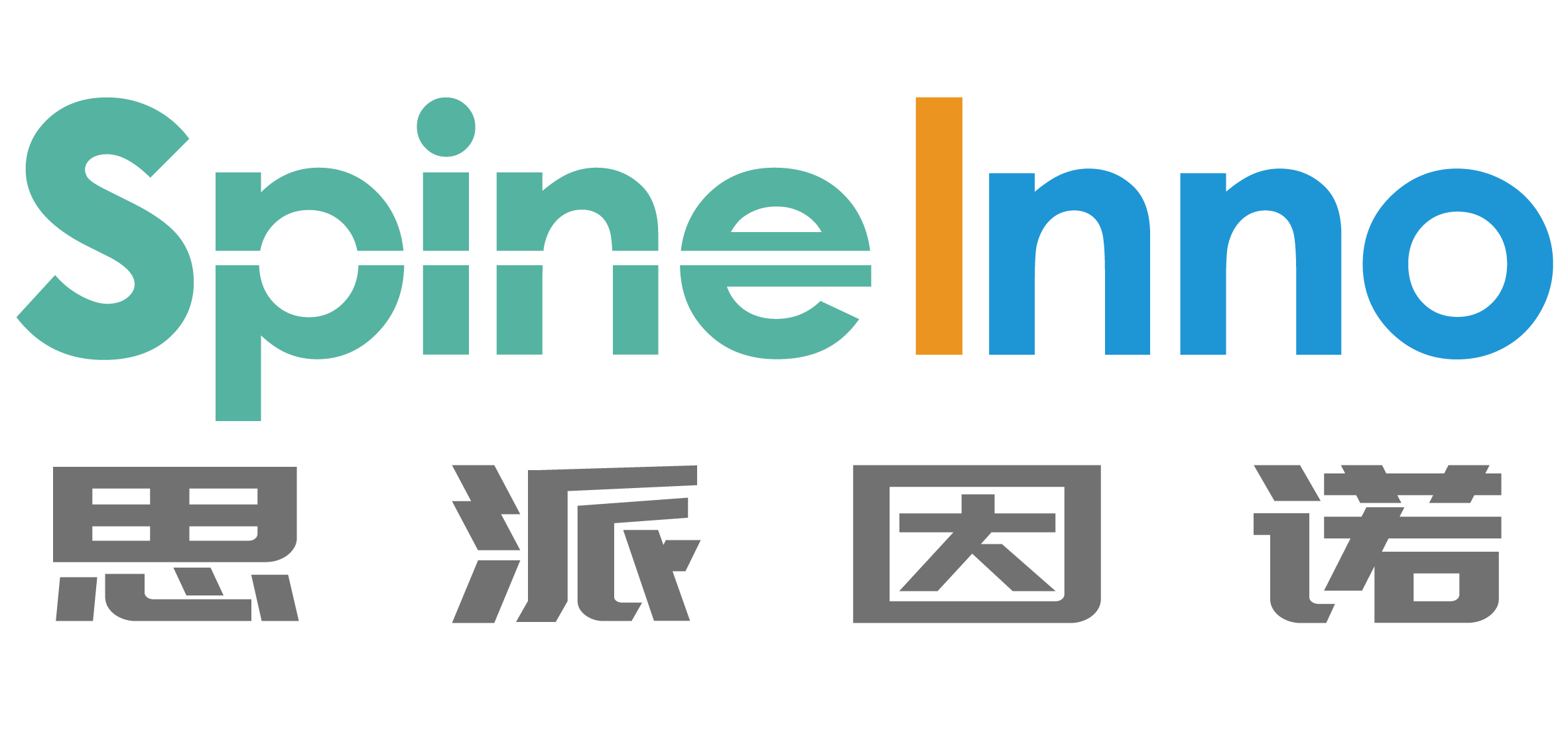Medical endoscopic procedures refer to the use of specialized instruments, known as endoscopes, for diagnosing, monitoring, and treating medical conditions that affect the internal organs of the body. Endoscopy involves the use of a flexible tube-like device that is inserted through a natural opening, such as the mouth, nose, anus, or vagina, or through a small incision made in the skin. The endoscope helps doctors to visualize internal structures, such as the digestive system, respiratory tract, urinary tract, and reproductive system, and even tissues deep within the body.
Endoscopic procedures are commonly used by medical practitioners, including gastroenterologists, pulmonologists, urologists, gynecologists, and surgeons, to diagnose and treat a variety of medical conditions. These procedures are safe, minimally invasive, and often provide faster recovery times than traditional surgical methods. In addition to being diagnostically and therapeutically useful, endoscopes are also useful for visualizing anatomical structures and for guiding other medical instruments that are used during surgery.
There are several types of endoscopic procedures, each designed for specific medical applications. For example, upper gastrointestinal (GI) endoscopy helps diagnose and treat disorders of the esophagus, stomach, and duodenum. Colonoscopy examines the large intestine for abnormalities and is used to screen for colorectal cancer. Bronchoscopy examines the respiratory system, and is used to diagnose and treat lung diseases. Cystoscopy examines the urinary tract for abnormalities and helps diagnose and treat urinary infections, blockages, and tumors. Hysteroscopy examines the uterus, and is used for procedures such as removing uterine fibroids or diagnosing infertility.
In order to perform endoscopic procedures, physicians require specialized training, knowledge, and skills. They must be familiar with the anatomy and physiology of the organs being examined, as well as understand how to use the endoscope and auxiliary instruments safely and effectively. Furthermore, endoscopists must be able to interpret the images and data gathered during the procedure, and use this information to diagnose and treat medical conditions.
Due to the complexity and precision required for endoscopic procedures, patients should seek out highly experienced and expertly trained practitioners. These medical professionals must possess technical skills, clinical expertise, and a deep understanding of anatomy and physiology, in order to ensure the best possible outcomes for their patients. Overall, endoscopic procedures are an important tool in modern medicine, providing a minimally invasive, safe and effective way to diagnose and treat many medical conditions.
